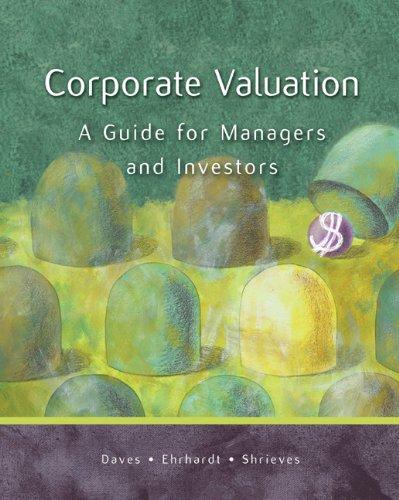Exotic Food Inc., a food processing company located in Herndon, VA, is considering adding a new division to produce fresh ginger juice. Following the ongoing TV buzz about significant health benefits derived from ginger consumption, the managers believe this drink will be a hit. However, the CEO questions the profitability of the venture given the high costs involved. To address his concerns, you have been asked to evaluate the project using three capital budgeting techniques (i.e., NPV, IRR and Payback) and present your findings in a report. CASE OVERVIEW The main equipment required is a commercial food processor which costs $200,000. The shipping and installation cost of the processor from China is $50,000. The processor will be depreciated under the MACRS system using the applicable depreciation rates are 33%,45%,15%, and 7% respectively. Production is estimated to last for three years, and the company will exit the market before intense competition sets in and erodes profits. The market value of the processor is expected to be $100,000 after three years. Net working capital of $2,000 is required at the start, which will be recovered at the end of the project. The juice will be packaged in 20oz. containers that sell for $3.00 each. The company expects to sell 150,000 units per year; cost of goods sold is expected to total 70% of dollar sales. Weighted Average Cost of Capital (WACC): Exotic Food's common stock is currently listed at $75 per share; new preferred stock sells for $80 per share and pays a dividend of $5.00. Last year, the company paid dividends of $2.00 per share for common stock, which is expected to grow at a constant rate of 10%. The local bank is willing to finance the project at 10.5% annual interest. The company's marginal tax rate is 35%, and the optimum target capital structure is: Your main task is to compute and evaluate the cash flows using capital budgeting techniques, analyze the results, and present your recommendations whether the company should take on the project. 1. What is the Weighted Average Cost of Capital (WACC)? - Compute the after-tax cost of debt - Compute the cost of common equity - Compute the cost of preferred stock - Compute the Weighted Average Cost of Capital (WACC)







